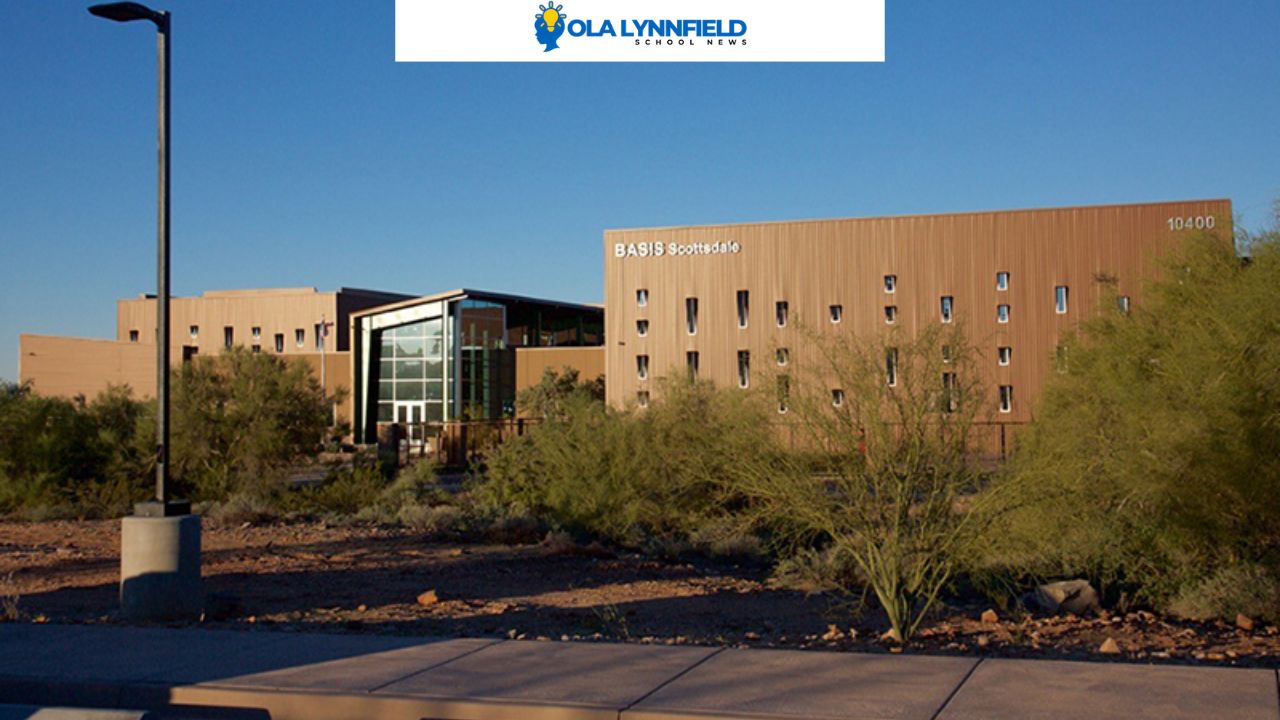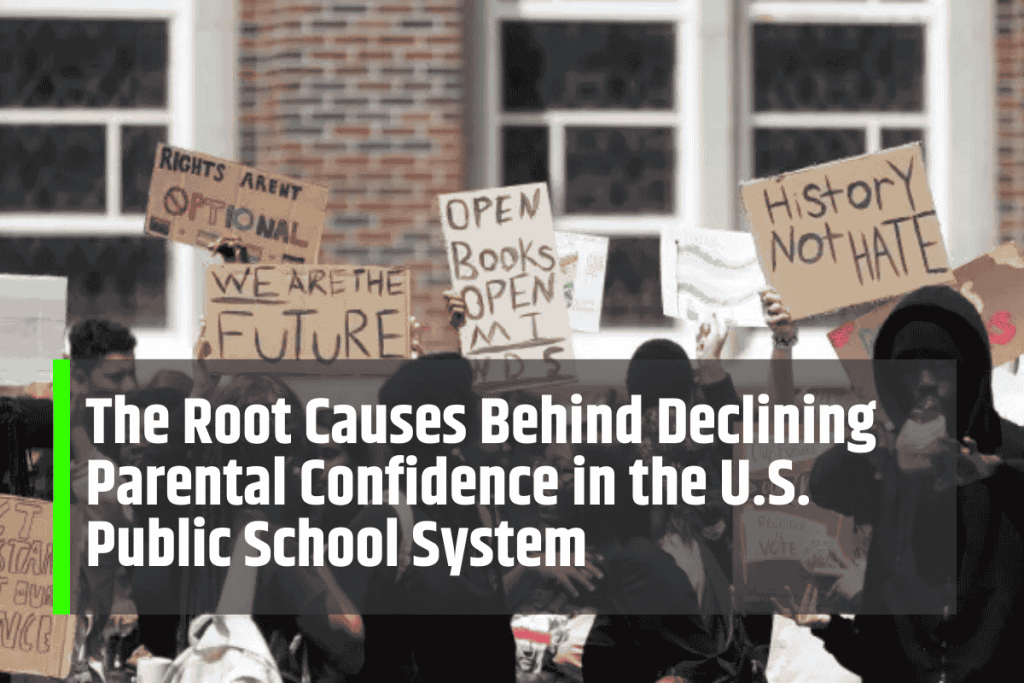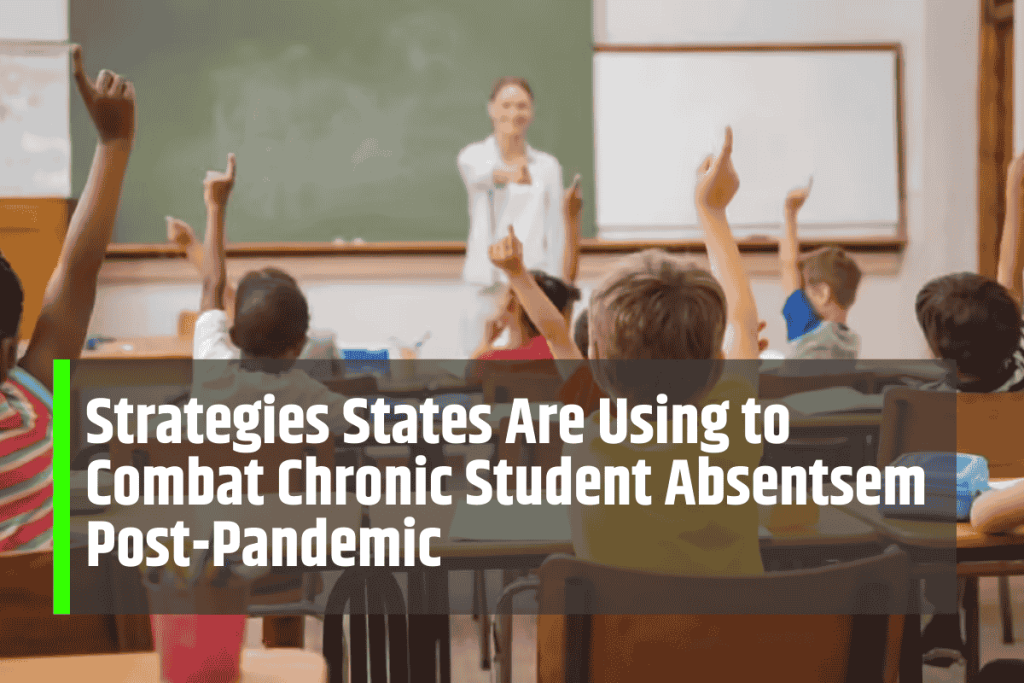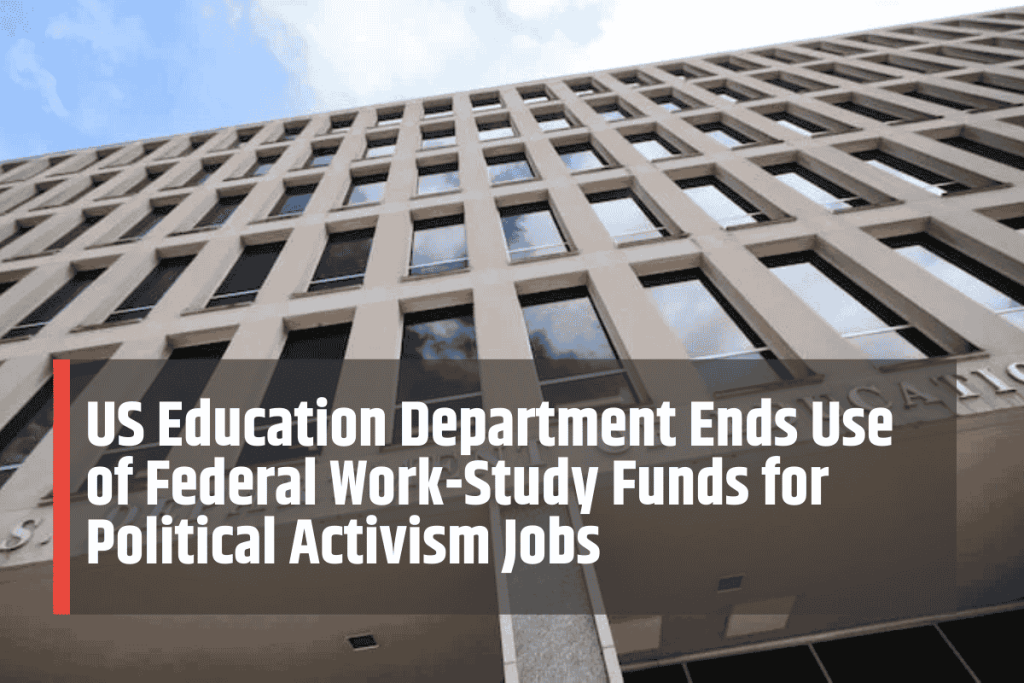Arizona has steadily emerged as a powerhouse in American education, consistently placing several of its high schools among the nation’s elite. Each year, rankings released by respected organizations shine a spotlight on schools that demonstrate exceptional academic performance, student achievement, and innovative teaching practices. This article explores Arizona’s distinguished presence among America’s top 100 high schools, delving into what propels these institutions above the rest and what their success means for students, communities, and the future of education in Arizona.
Overview of Arizona’s Academic Reputation
Once known primarily for its picturesque desert landscapes and booming cities, Arizona has made significant progress as an educational leader. The commitment to excellence is reflected in the number of state schools climbing to the top of national rankings. This shift is attributed to a combination of visionary school leadership, rigorous academic programs, and a growing emphasis on preparing students for a rapidly evolving global landscape.
Understanding School Rankings in the United States
National high school rankings are determined using a multifaceted approach. These evaluations often consider factors such as graduation rates, college readiness (measured by participation and performance in Advanced Placement and International Baccalaureate programs), standardized test scores, and the effectiveness of academic support services. As the stakes of college admissions continue to rise, these rankings hold meaningful weight for parents, students, and educators alike.
Top-Ranked Arizona Schools: A Closer Look
Arizona consistently contributes multiple schools to the nation’s top 100, outperforming much larger states in per capita terms. These schools represent a range of public, charter, and magnet institutions, each with unique strengths but unified by their commitment to high achievement.
Detailed Profiles: Arizona Schools in the Top 100
Basis Scottsdale
Basis Scottsdale repeatedly draws national attention as one of the best high schools in America. This charter school, part of the BASIS Charter Schools network, stands out for its challenging curriculum that covers advanced mathematics, sciences, and liberal arts. Students often take multiple Advanced Placement exams by graduation and display impressive AP pass rates. The school places significant emphasis on analytical thinking, collaborative projects, and developing a global perspective.
University High School (Tucson)
Tucked within the Tucson Unified School District, University High School is acclaimed for fostering a nurturing yet academically rigorous environment. It offers more than 20 Advanced Placement courses, with a high participation rate. University High’s culture of scholarship encourages a blend of extracurricular engagement, academic competition, and community service. High SAT and ACT scores, along with impressive college placement results, solidify its reputation.
BASIS Chandler
Another member of the BASIS network, BASIS Chandler continues the tradition of academic excellence. The school’s robust STEM (Science, Technology, Engineering, and Math) offerings and compulsory senior research projects immerse students in real-world problem solving. Small class sizes and devoted faculty support an environment where intellectual curiosity flourishes.
Canyon del Oro High School
Located in Oro Valley, Canyon del Oro High School is a public school recognized for its AP participation rate and commitment to comprehensive education. Students benefit from a wide academic choice and a vibrant selection of clubs and sports. The school is lauded for preparing students for both college and real-life challenges, blending traditional values with modern educational practices.
Gilbert Classical Academy
Situated in the heart of Gilbert, Gilbert Classical Academy boasts a rigorous liberal arts curriculum. Its smaller enrollment facilitates closer student-teacher connections and greater academic accountability. High college readiness scores stem from a curriculum featuring mandatory AP courses and an emphasis on Socratic seminars, analytical writing, and critical thinking.
Comparative Table: Arizona High Schools vs. Other States
| School Name | Location | National Rank | Graduation Rate (%) | AP Participation (%) | Notable Programs |
|---|---|---|---|---|---|
| Basis Scottsdale | Scottsdale | Top 10 | 100 | 100 | AP, STEM, Global Studies |
| University High School | Tucson | Top 30 | 99 | 95 | AP, Honors, Community Service |
| BASIS Chandler | Chandler | Top 50 | 97 | 98 | STEM, Research Projects |
| Canyon del Oro HS | Oro Valley | Top 75 | 96 | 91 | AP, Sports, Arts |
| Gilbert Classical Acad. | Gilbert | Top 100 | 98 | 94 | AP, Socratic Method, Humanities |
| Stuyvesant HS | New York, NY | Top 10 | 99 | 100 | STEM, AP, Math Olympiad |
| Thomas Jefferson HS | Alexandria, VA | Top 5 | 100 | 100 | STEM, Research, Internships |
*Figures are approximations and may vary year to year based on reporting and ranking methodologies.
What Makes Arizona’s Top Schools Stand Out?
Innovative Learning Approaches
Arizona’s top schools aren’t just rigorous—they’re inventive. Many have developed signature programs that blend traditional instruction with inquiry-based and experiential learning. For instance, BASIS schools incorporate research projects into their upper curriculum, giving students a taste of scientific investigation and public presentation seldom found at the high school level.
Emphasis on STEM and Advanced Placement
A strong focus on STEM and college-level coursework is a hallmark. Nearly every Arizona school in the national top 100 mandates AP classes for all students or offers robust AP options across subjects. This not only bolsters college readiness but also exposes students to the challenges and expectations of higher education.
Student Performance and College Readiness
Consistently high graduation rates and standardized test scores distinguish these schools. For example, Basis Scottsdale and Chandler routinely post AP pass rates above 90%. Students frequently achieve SAT and ACT scores that exceed state and national averages, opening doors to elite colleges nationwide.
The Impacts of Excellence: Student Opportunities
Graduates from Arizona’s leading schools regularly attend Ivy League and other top-tier universities. They receive significant scholarship offers and are sought after by leading STEM and research institutions. Beyond higher education, students benefit from strong mentorship, globally-minded curricula, and collaborative problem-solving experiences that prepare them for careers in rapidly evolving fields.
Community and Teacher Contributions
Outstanding schools seldom succeed on curriculum alone. Arizona’s top-ranked institutions thrive due in equal measure to the support of dedicated teachers, engaged parents, and active community partnerships. Teacher recruitment and training programs focus on attracting talent with subject-matter expertise and a passion for mentorship, which then translates to exceptional student outcomes.
Parent organizations fundraise, volunteer, and advocate for resources that enrich extracurriculars, technology, and campus facilities. Community partnerships, meanwhile, create internship and dual-enrollment opportunities, further blurring the line between classroom and real-world experience.
Challenges and Growth Areas
Even as Arizona’s academic stars rise, challenges remain. Among these are equitable access to high-quality programs, managing fast-growing enrollment, and ensuring resources keep pace with expanding ambition. Not every community has a top-ranked school nearby, and statewide funding discrepancies can limit replication of high-performing models.
Some critics argue that the admissions processes at selective schools, particularly charters and magnets, can inadvertently restrict access for students from underrepresented backgrounds. Addressing these gaps is central to the ongoing evolution of the state’s educational landscape.
Educational Initiatives Driving Success
Arizona has implemented several policy initiatives intended to expand access to excellent education. Open enrollment laws and the growth of school choice have enabled students to attend out-of-neighborhood schools that better suit their academic needs. Statewide emphasis on AP course access, along with funding for STEM labs and digital resources, has raised the floor on student achievement.
Additionally, public-private partnerships are increasingly being leveraged to bridge funding gaps, equip classrooms with the latest technology, and introduce programming in computer science, engineering, and biomedical sciences.
Parent and Community Involvement
Active parent and community engagement are pillars of sustainable school success. School-parent organizations host academic competitions, enrichment fairs, and college prep events. Community mentors—ranging from local business leaders to university researchers—visit classrooms and supervise research projects. This engagement helps students see the practical relevance of their studies and fosters broader support for schools.
The Future of Arizona Education
Arizona is poised for even greater achievements in education. With leading schools setting a high bar, aspiring institutions across the state are adopting proven models of advanced curriculum, holistic development, and community integration. Policymakers and educators recognize the need to balance innovation and equity, ensuring more students of all backgrounds can benefit from first-rate instruction.
Investments in teacher training, technology upgrades, and college counseling are helping ready the next generation for the demands of a rapidly changing world. As Arizona’s population continues to expand, so too does the opportunity to scale excellence and redefine educational success for all.
Conclusion
The ascent of Arizona schools into the ranks of America’s best high schools marks a profound achievement for the state. By embracing rigorous academics, nurturing supportive environments, and engaging communities, these institutions offer powerful models for preparing students not just for college, but for life. The broader the impact of these schools, the brighter Arizona’s future will be—guiding students, communities, and the state itself toward new heights of possibility and achievement.











Leave a Comment